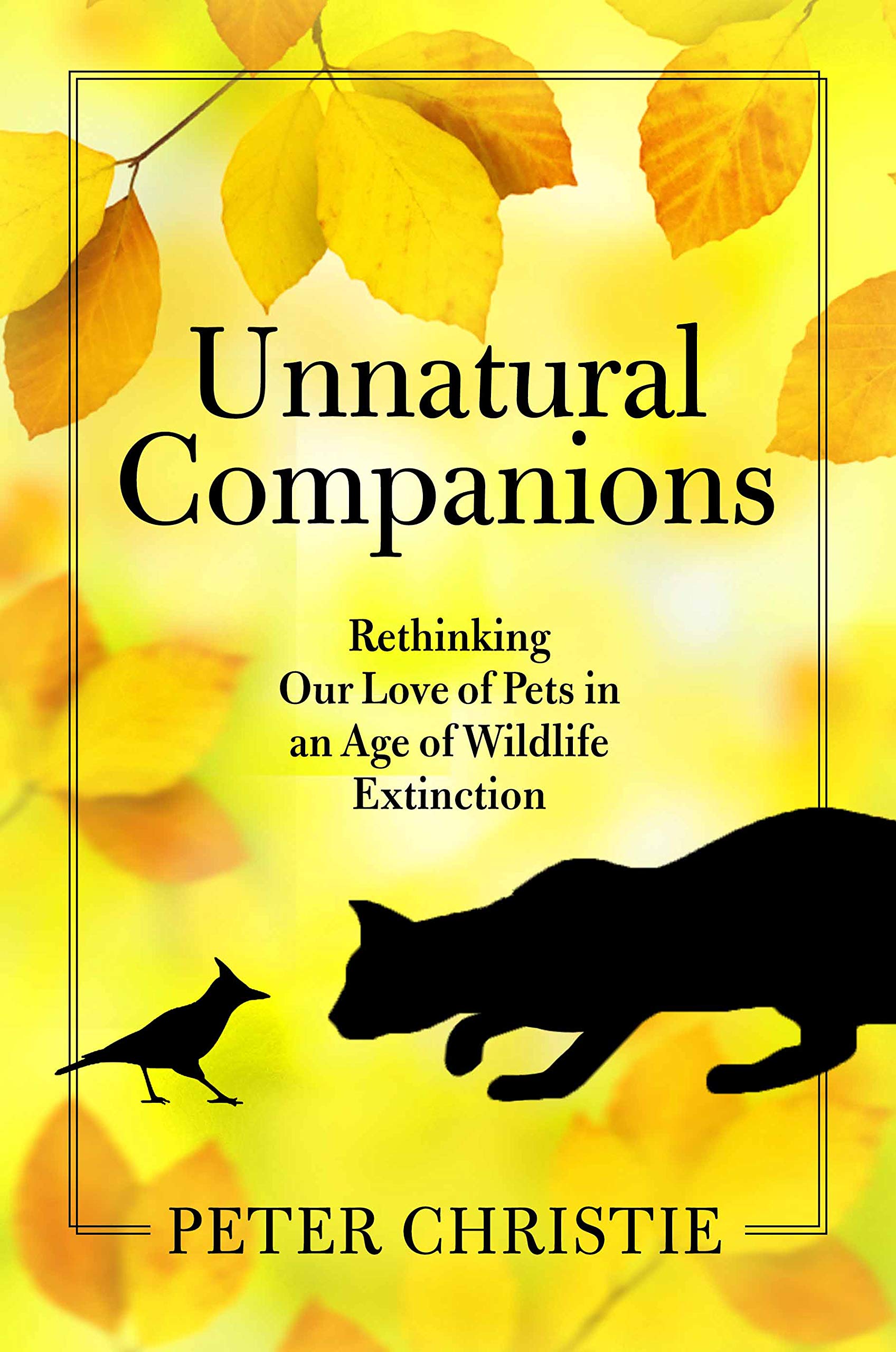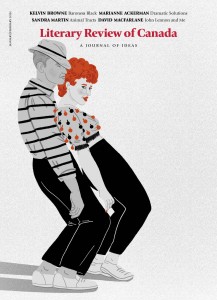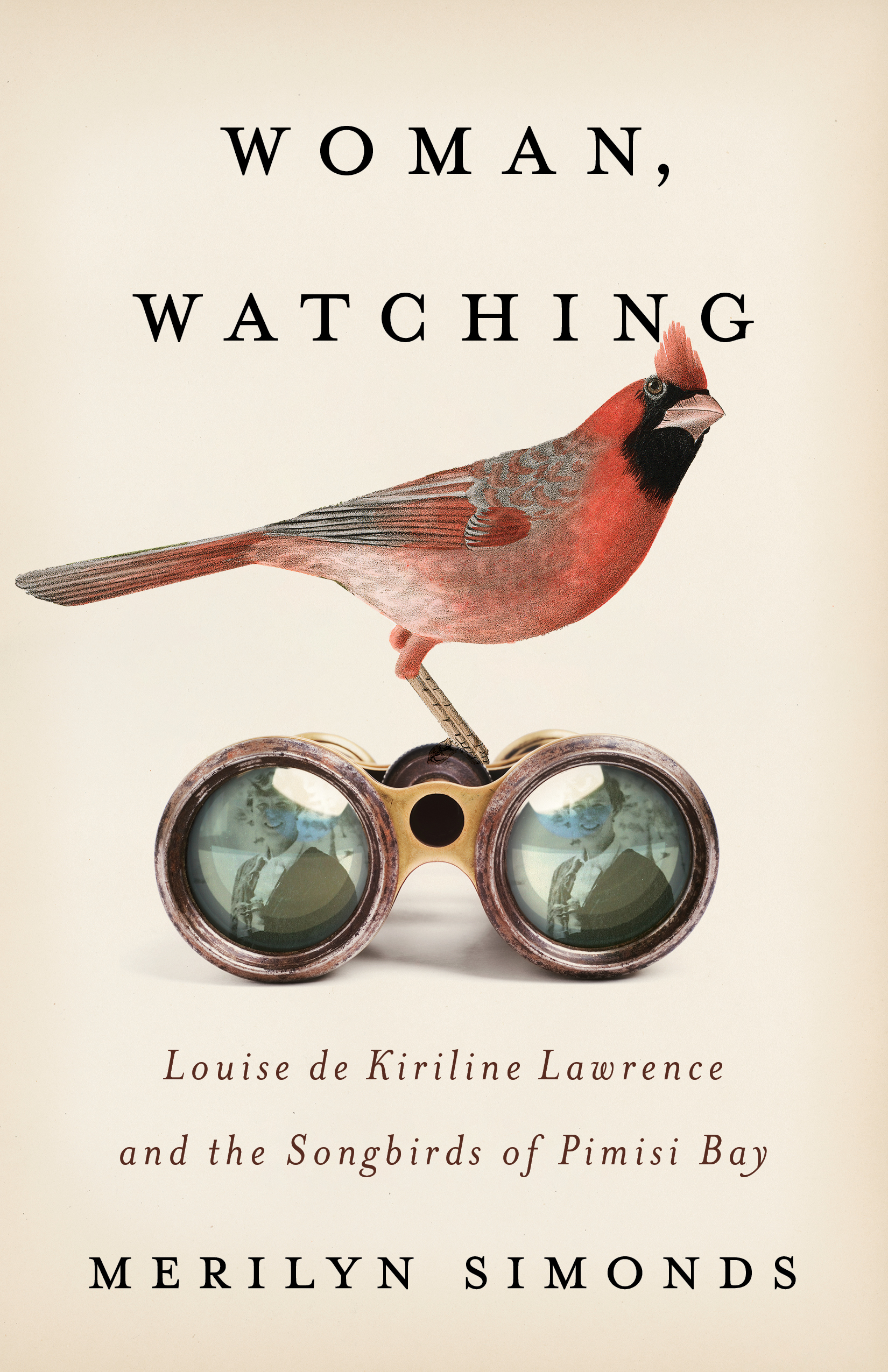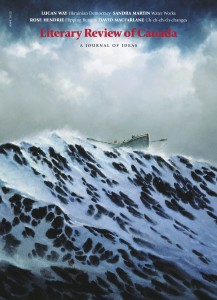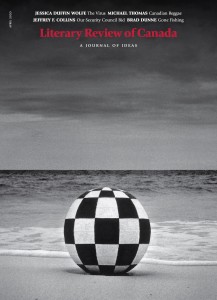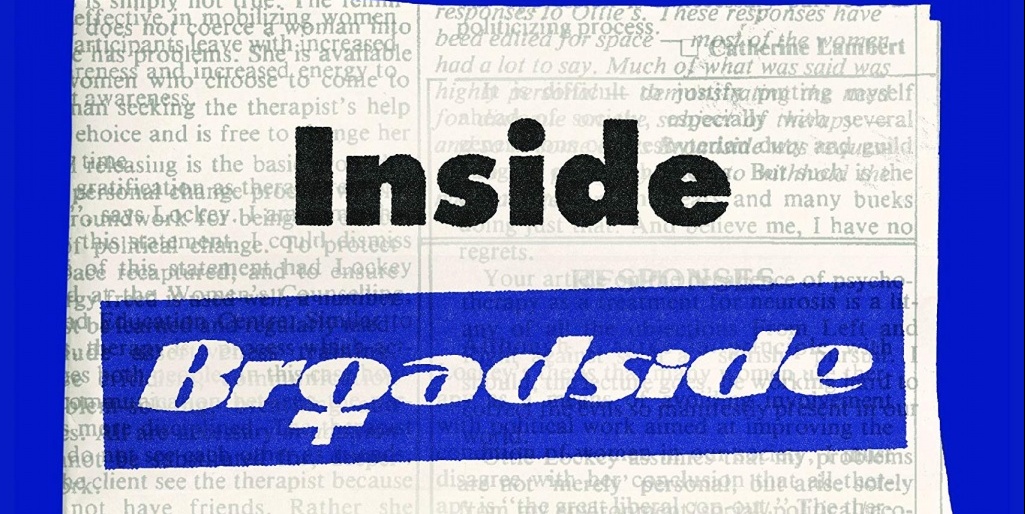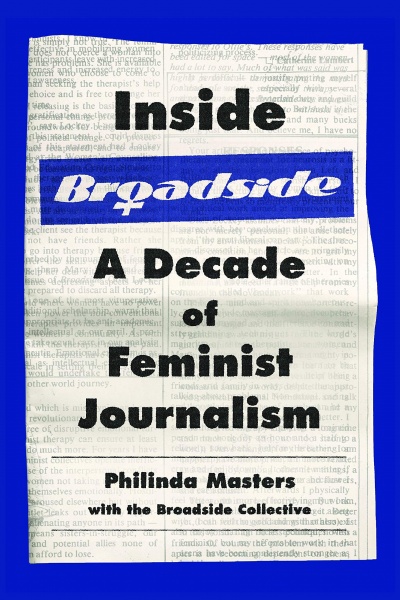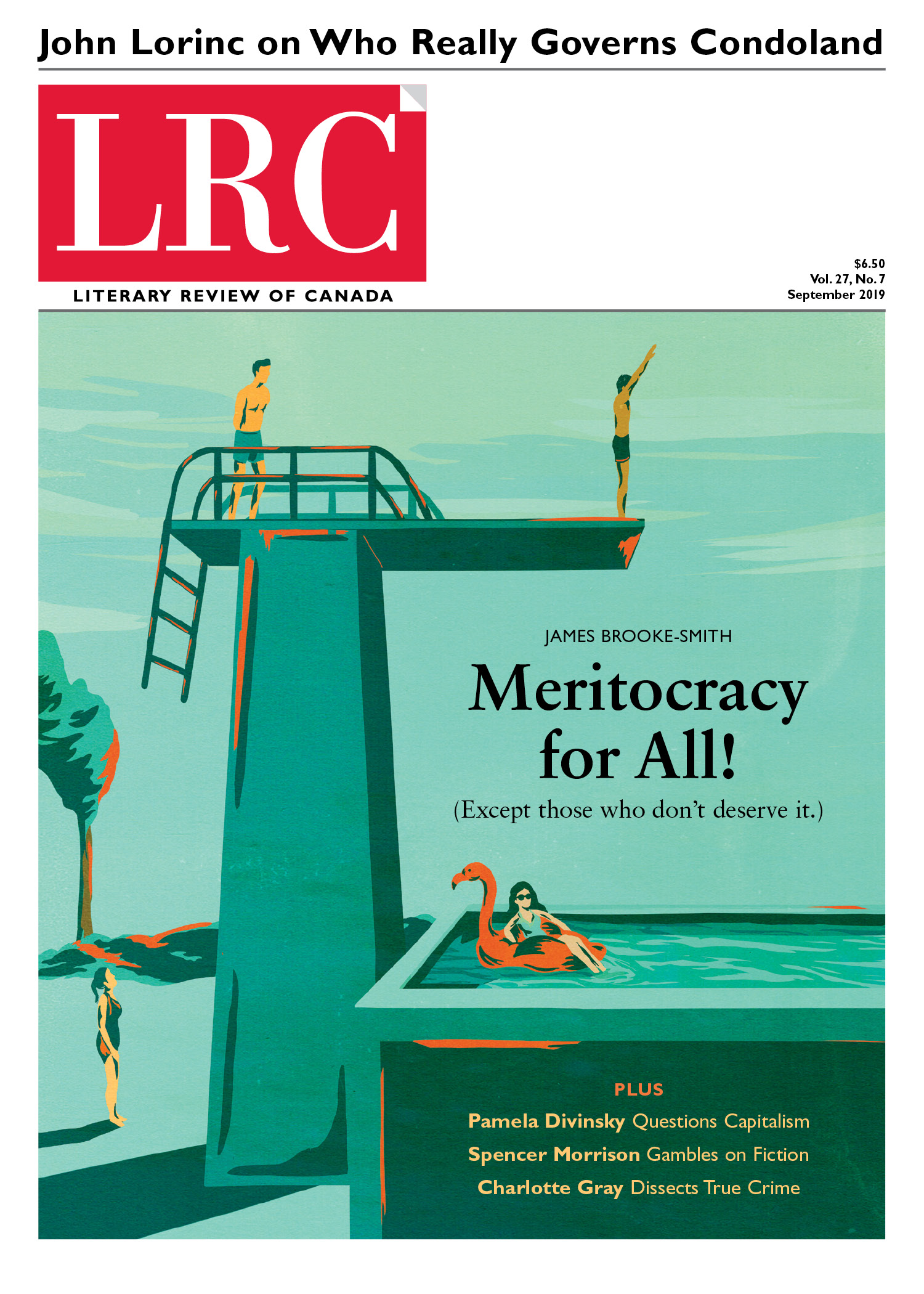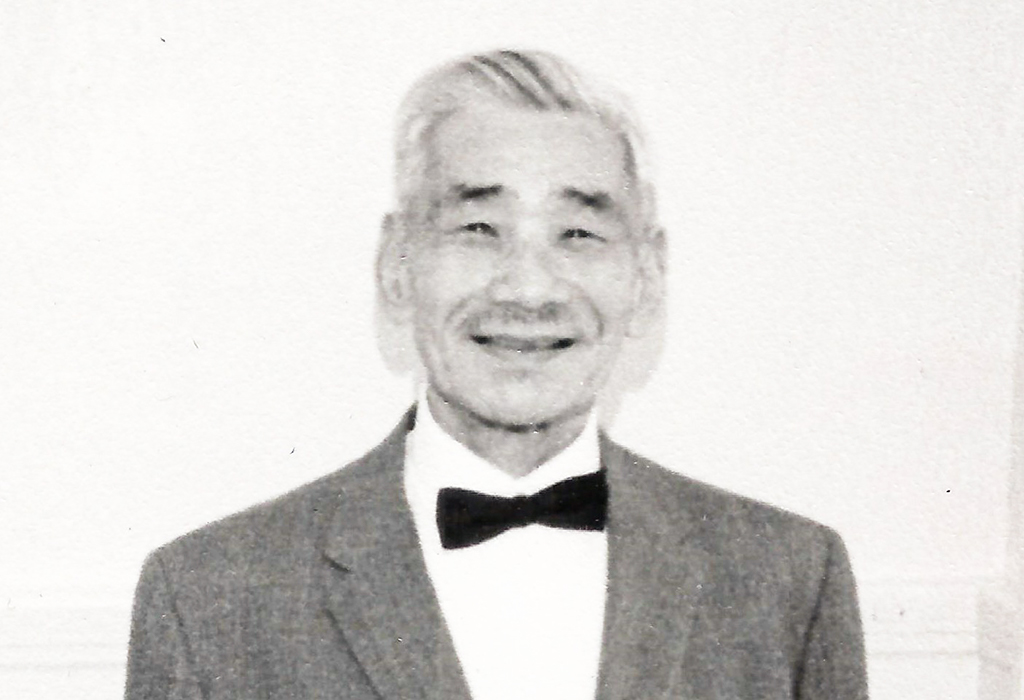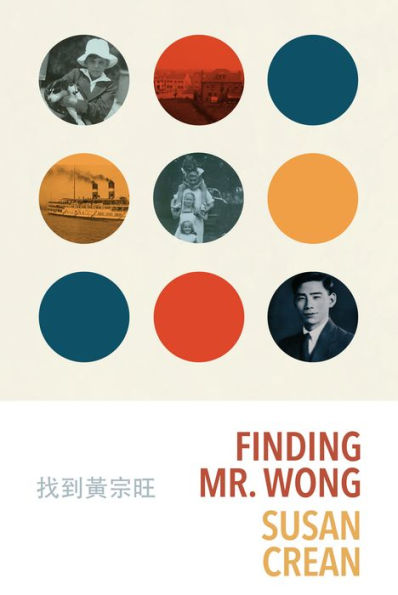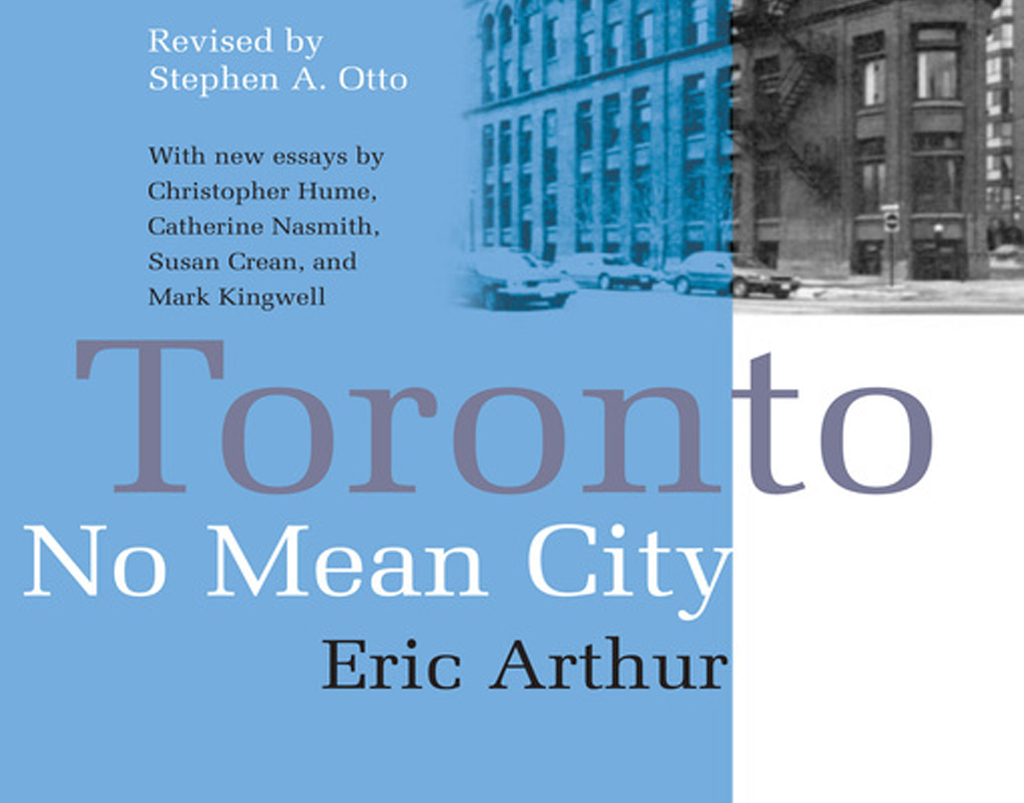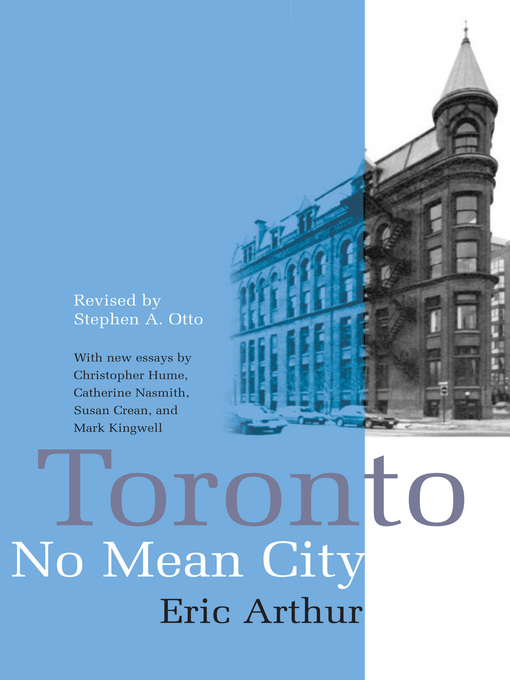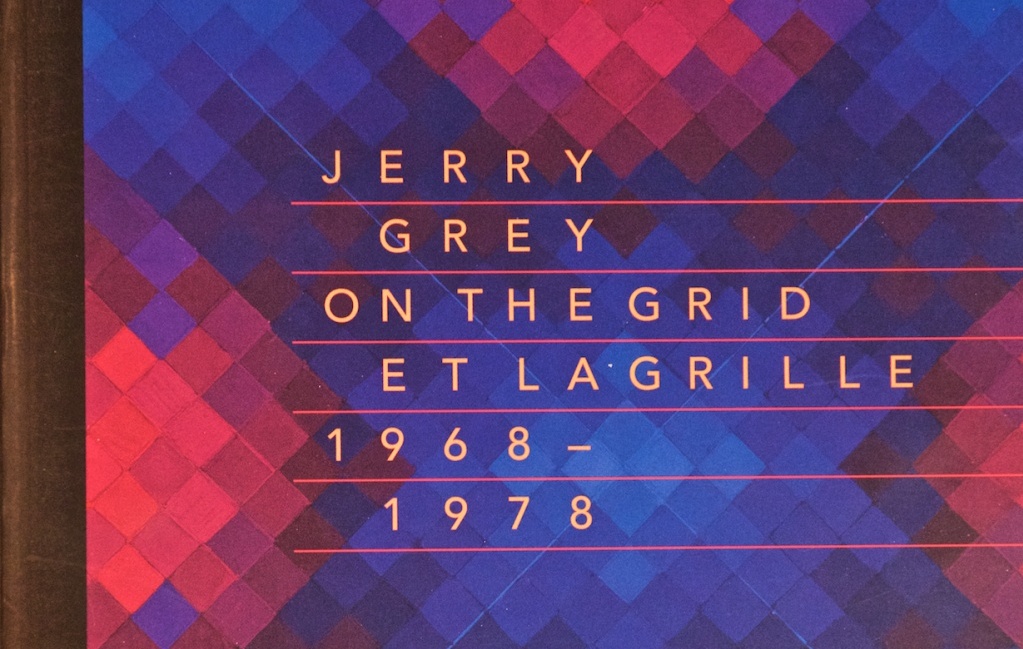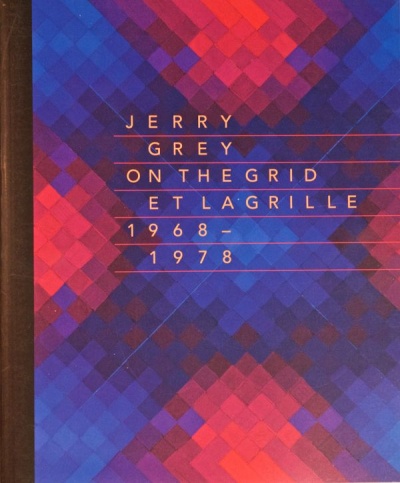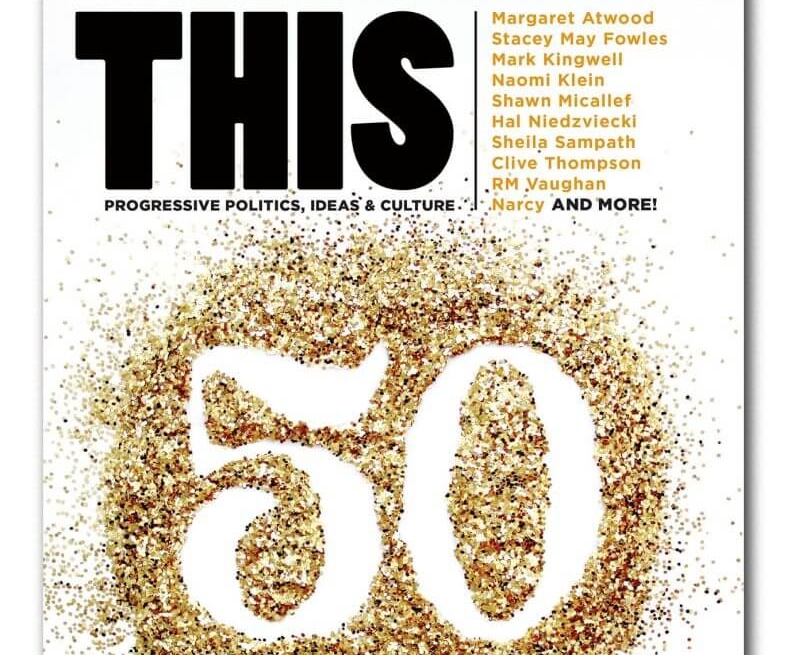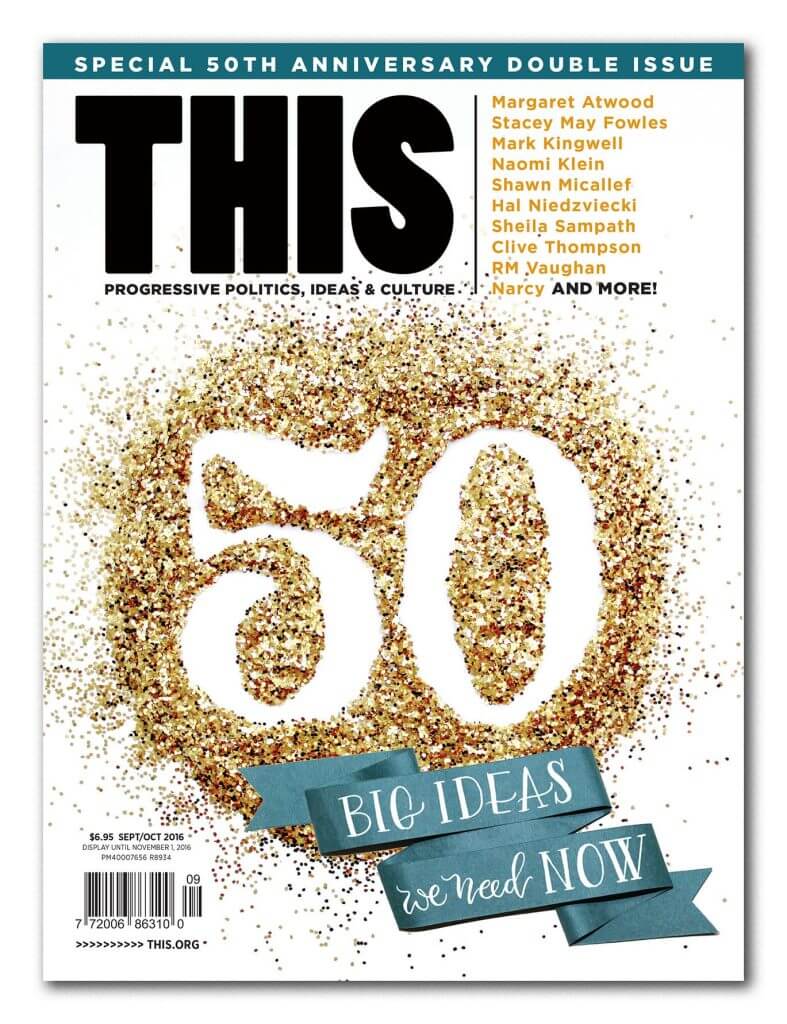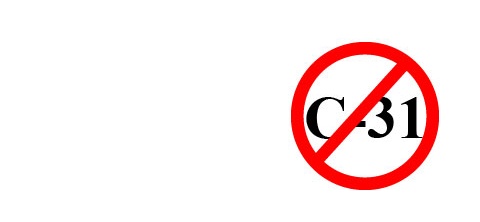12(1)(b), the infamous clause in the Indian Act which stripped Native women of their status when they married non-Native men, was repealed in 1985. Like many, I assumed that ended of the story. We were all wrong !! Here is what Ottawa served up in its place. as explained to me by constitutional and human rights lawyer, Mary Eberts. PLEASE SHARE.
“The legislation that removed 12(1)(b) is still known colloquially as Bill C-31, passed in 1985, to coincide with the coming into force of section l5 of the Charter, which guarantees equality.
“Bill C-31 did several things. It began by preserving all the rights of the Indian men and the non-Indian women who got Indian status by marrying those men, and the children of these marriages. All of them became what is known in the vernacular as 6(1)(a)’s, after the section in Bill C-31 which preserved their status.
“The other fundamental plank of Bill C-31 was to provide, in 6(1)(f), that in order to get “full” status in the future, a person has to be born of two parents with status under the Indian Act. In the past, status was available with only one Indian parent as long as the parent was the father (or, in the case of a child born out of wedlock, an Indian mother). Instead of achieving equality by giving the woman the same right to pass on status as the sole Indian parent, as men had had under the old Act, the framers of Bill C-31 made a new rule insisting that two Indian parents were needed to provide “full” status.
“I use the term “full status” because the distinction between full status –which can be passed on to one’s children – and having only a life interest in status was another innovation of Bill C-31. (ie: status dies with you and cannot be transmitted.) More to follow…
“Under 6(1)(c) of Bill C-31, a woman who had lost status because she married a non-Indian man was restored to Indian status. That was an improvement over the old situation. However, that woman’s children with her non-Indian husband would only have one parent who is an Indian, and thus could not get “full” status under s 6(1)(f). Children with only one parent who is Indian got status under s.6(2). They could not pass this status on to their children, unless they had children with a status person.
“Canada has instituted some very harsh rules to govern the administration of this 6(1)(f) / 6(2) situation. If you are a woman status Indian who has a child outside of marriage, or has a child with an unknown or unidentified father, then the government will consider that you are the only Indian parent of that child. That means that if you are a 6(1), you can give your child status. But if you are a 6(2) you cannot. Since 1985, there have been about 40,000 children (estimated) denied status because their fathers were unknown or unidentified.
“This situation actually rolls back the rights of the woman which had existed under the old, pre-1985 legislation. Under that, an Indian woman could pass her status along to a child born out of wedlock, as long as no one came forward and proved that the child’s father was not Indian. Now, the woman has to establish that the father IS Indian. This is difficult in cases of, say, rape, incest, or other violations. For me, it is a sign that colonialism is alive and well; Canada is still using bureaucratic means (the registration system) to reduce the numbers of status Indians, in the hope of making “the Indian problem” go away.
“The last big change made in the 1985 Act, bill C-31, was to give the Bands permission to enact their own criteria for band membership. If they do not do this, then band membership follows Indian status, as it used to before l985. If the Bands do enact their own membership codes, they can exclude from membership people who might otherwise be members because they are status Indians. A good example is the Caughnewaga membership code which says that a man who marries a Caughnewaga member is not a member. If you are not a member, you cannot live on Band land. So the Band is asking the woman to choose between her husband and her band…..marry this guy and you are exiled. Same story, different way of accomplishing it.”
